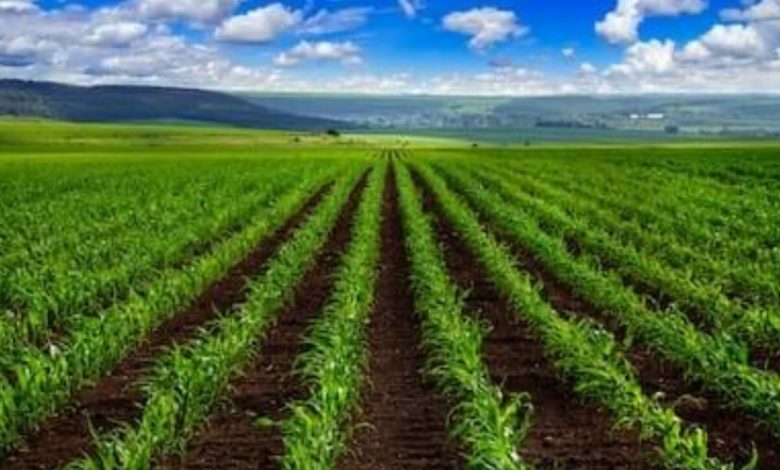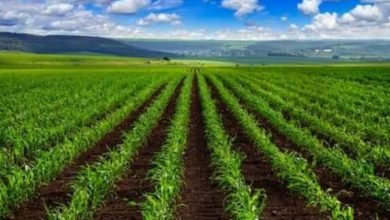Zimbabwe’s Agriculture Recovery Plan: 2019-2023

Zimbabwe’s agriculture sector has been a key focus in the country’s efforts to revive the economy. Under the leadership of President Emmerson Mnangagwa, the government recognises the importance of prioritising agriculture for sustainable economic growth. Moreso, the Agriculture Recovery Plan aims to address the challenges faced since the land reform of 2000. It also aims to promote the development of a more diverse and resilient agricultural sector. The agriculture recovery plan in Zimbabwe aims to improve food security for the nation and for export.
Zimbabwe’s Agriculture Recovery Plan, implemented by the Ministry of Lands, Agriculture, Fisheries, Water and Rural Resettlement, aims to transform rural farming communities. Additionally, it aims to shift from subsistence to commercial farming. The plan focuses on various initiatives, including commercial horticulture, fisheries, and livestock projects in rural areas. It has the goal of improving livelihoods and narrowing the inequality gap between urban and rural residents.
Priorities of the Agricultural Recovery Plan in Zimbabwe
The implementation of the Agriculture Recovery Plan in Zimbabwe has a number of suggested priorities. The following priorities have been identified to help ensure the plan is a success.
Firstly, the diversification and support for Small to Medium-Sized Farms. The land reform has resulted in a more diffuse base of ownership. Many small to medium-sized farms are replacing the few major players. Supporting and promoting the development of these smaller farms is crucial for the success of the recovery plan. The majority of these farmers are in the rural areas. Therefore, formulation of a roadmap that suits them is ideal.
Secondly, enhancing productivity and resilience will build a sound foundation of a successful plan. Improving agricultural productivity and resilience is essential for the long-term sustainability of the sector. This includes investing in infrastructure, irrigation systems, access to finance and agricultural extension services. Hence, construction of dams to ensure irrigation all year round is a welcome move. The government is on a dam construction blitz. Some communities are already benefiting from this program.
Also, commercialisation and value chain development as part of the plan is ideal. The Agriculture Recovery Plan aims to shift from subsistence to commercial farming in rural areas. Moreso, the plan is to narrow the inequality gap between urban and rural residents. This involves promoting commercial horticulture, fisheries and livestock projects in rural areas. Additionally, this will provide rural farmers with better livelihood opportunities.
Progress and Outlook
Importantly, the 2023 harvests are expected to improve food access across Zimbabwe. Particularly in surplus-producing areas. However, challenges such as water logging, poor rainfall distribution, input access challenges and currency volatility may impact the upcoming harvests. The macroeconomic environment remains volatile, with the local currency depreciating against the United States Dollar. This therefore increases prices of goods and services. Despite these challenges, the Agriculture Recovery Plan aims to enhance food and nutrition security, improve livelihoods and build climate-resilient livelihoods for targeted rural populations.
Conclusion:
Zimbabwe’s Agriculture Recovery Plan from 2019 to 2023 is a crucial initiative for revitalising the agricultural sector. It also promotes sustainable economic growth. By supporting small to medium-sized farms and enhancing productivity the agriculture sector can improve. Also, enhancing resilience and promoting commercialisation and value chain development aims to transform Zimbabwe’s agriculture sector. This will in turn improve the livelihoods of rural farmers. Despite ongoing challenges, the plan provides a roadmap for achieving food and nutrition security and sustainable management of natural resources. Also, enhanced participation in local markets and value chains will become a reality.





